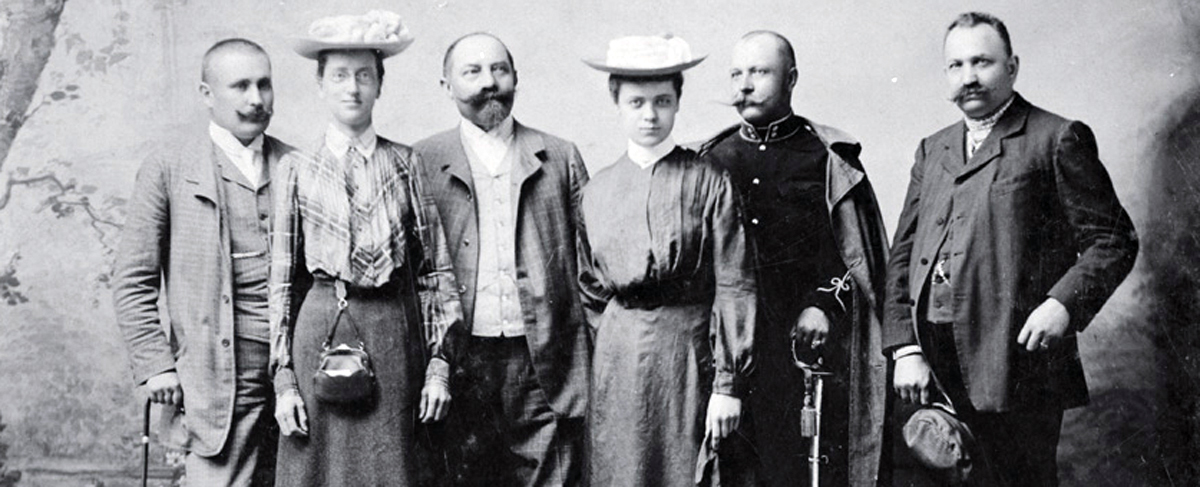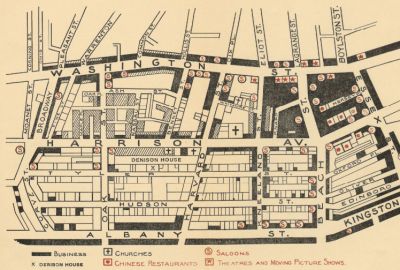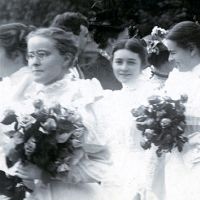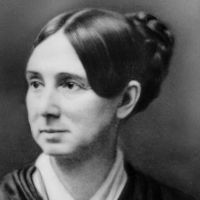Primary Source
It is natural to try to understand one's own time and to seek to analyse the forces that move it. The future will be determined in part by happenings that it is impossible to foresee; it will also be influenced by trends that are now existent and observable. We speculate as to what is in store for us. But we not only undergo events, we in part cause them or at least influence their course. We have not only to study them but to act. Especially is this true as regards peace in the future. The question whether the long effort to put an end to war can succeed without another major convulsion challenges not only our minds but our sense of responsibility.
As to judging our own time, and thereby gaining some basis for a judgment of future possibilities, we are doubtless not only too close to it to appraise it but too much formed by it and enclosed within it to do so…
I have spoken against fear as a basis for peace. What we ought to fear, especially we Americans, is not that someone may drop atomic bombs on us but that we may allow a world situation to develop in which ordinarily reasonable and humane men, acting as our representatives, may use such weapons in our name. We ought to be resolved beforehand that no provocation, no temptation shall induce us to resort to the last dreadful alternative of war.
May no young man ever again be faced with the choice between violating his conscience by cooperating in competitive mass slaughter or separating himself from those who, endeavouring to serve liberty, democracy, humanity, can find no better way than to conscript young men to kill.
As the world community develops in peace, it will open up great untapped reservoirs in human nature. Like a spring released from pressure would be the response of a generation of young men and women growing up in an atmosphere of friendliness and security, in a world demanding their service, offering them comradeship, calling to all adventurous and forward reaching natures.
We are not asked to subscribe to any utopia or to believe in a perfect world just around the comer. We are asked to be patient with necessarily slow and groping advance on the road forward, and to be ready for each step ahead as it becomes practicable. We are asked to equip ourselves with courage, hope, readiness for hard work, and to cherish large and generous ideals.
From Emily Greene Balch's Nobel Lecture, April 7, 1948. Full text is at Nobel Foundation website.







